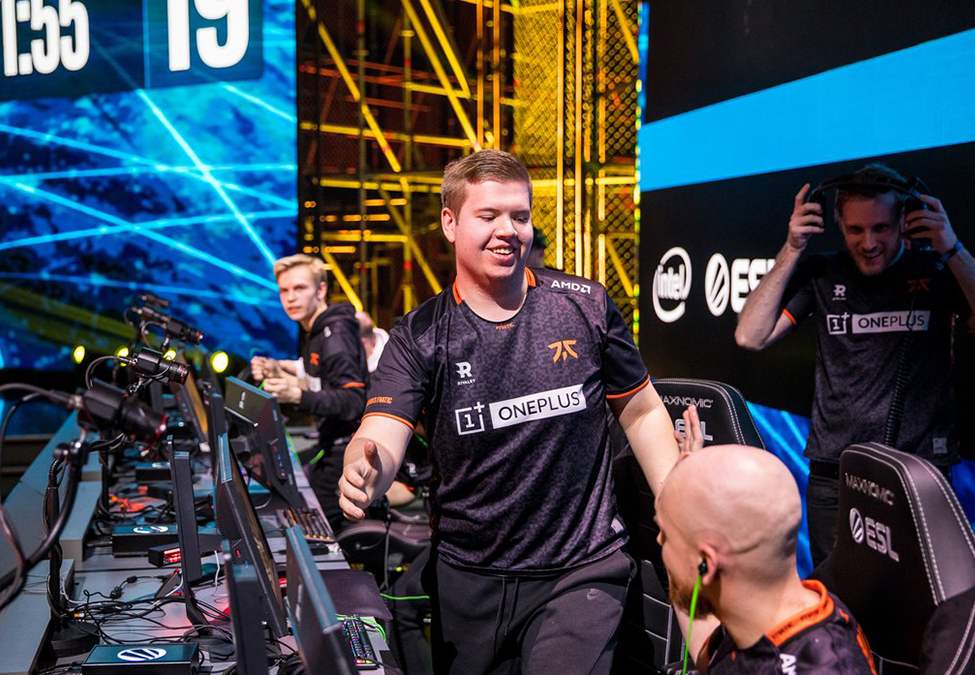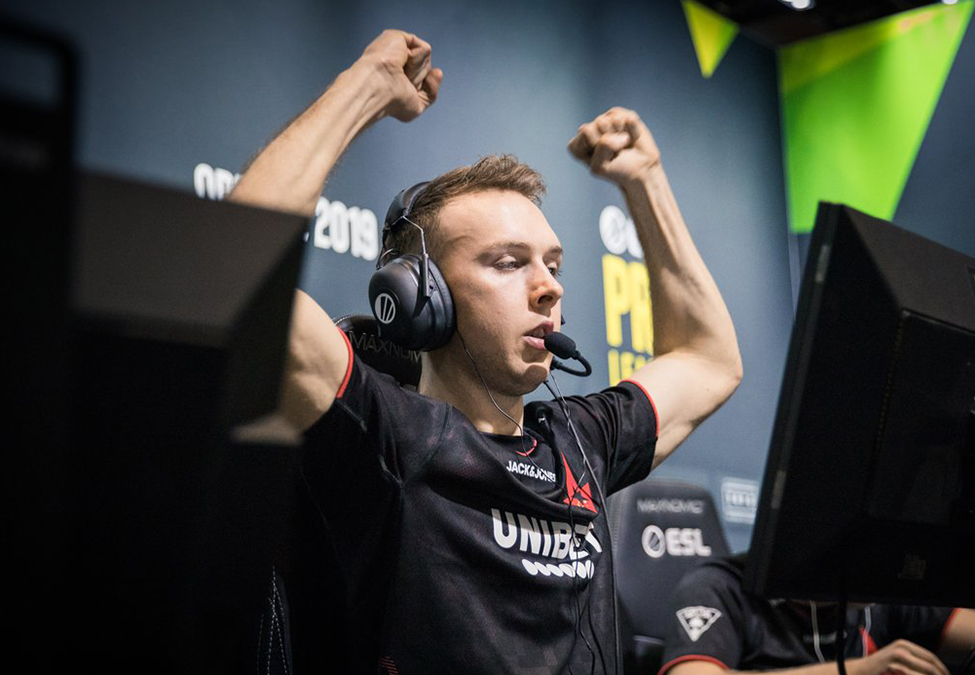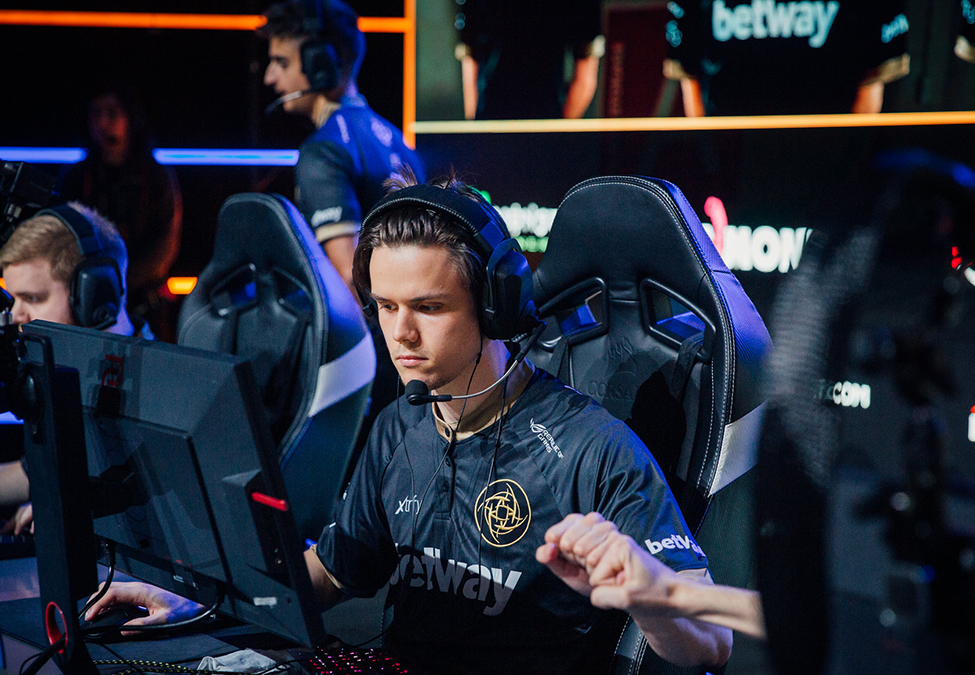SportsBusiness reports that a global value of $49.5 billion (£39.1 billion) was reached when it came to sports media rights in 2018, making up over 40 percent of the total revenue in the industry. However, Newzoo reports that esports media rights were valued at $93 million (£73.5 million) in the same year – making up 14 percent of the total industry revenue.
Sports are traditionally broadcast on linear television, with the likes of football and basketball being the main sources of entertainment for many across the globe. That’s not the case for esports, an industry that’s very much digital-first. It’s clear that there’s a disparity between the overall value of media rights when comparing sports with esports, though the latter is – slowly but surely – catching up when it comes to revenue share.
With Newzoo projecting that media rights will make up 24 percent of total esports revenues in 2021, and the influx of deals being announced in 2020 already, things are looking up for esports – an industry that’s notoriously unprofitable for tournament organisers.
ESL and DreamHack have been major players in the steady increase of media rights revenue, with the newly-launched ESL Pro Tour for Counter-Strike: Global Offensive seemingly providing more value for linear television channels and networks than prior endeavours.
At the time of writing, media rights for the ESL Pro Tour have been acquired for Poland, Norway, Finland, Russia & CIS, Denmark, Germany, Switzerland and Austria. Not only that, Twitch acquired the exclusive English rights for ‘major’ ESL and DreamHack events on a three-year basis in April.

“We see the value of media rights growing significantly over the next few years” Frank Uddo, Senior Vice President, Global Media at ESL, told Esports Insider. “In fact, we already have proof: the vast majority of the deals we’ve finalized have grown substantially. These were results we delivered before COVID-19. There is no doubt that media companies are seeing the value of esports – the global scale, the rapid growth, the young, diverse and digitally versed audiences hard to reach otherwise; the passion and engagement levels of our viewers; and, during unprecedented times like these, our ability to keep delivering live-action and world-class competitions when many others can’t.”
As we’ve reported on the deals forged between ESL, DreamHack, and television channels, it’s becoming glaringly obvious that the ESL Pro Tour was an attractive product when it came to media rights. Having a year-long initiative that contains a mixture of solidified, mainstay teams and wildcards creates excitement, but partners know what to expect as the plans were very clear – until COVID-19 hit, at least.
“The ESL Pro Tour has been a great success for our media business in generating more interest and value,” said uddo. “By combining ESL and DreamHack’s CS:GO events, we have created a year-round value proposition for media partners with a true sporting narrative and creating a world where everybody can be somebody. Additionally, it gives us a structured offering that we are selling on a multi-year basis.”
As noted earlier, esports is predominantly a digital-first industry that garners most of its audience on the likes of Twitch and YouTube. When you look at the sports industry, the opposite is true. So, with the influx of linear television networks wanting a piece of the pie when it comes to the ESL Pro Tour, it begs the question as to where the priority will lie for ESL – digital or linear?
“Currently, our strategy is twofold” explained Uddo. “First, to serve our core fans with a premium streaming experience on free digital streaming platforms. The 3-year-deal we recently announced with Twitch in English language is one example but we have other deals in other languages. Huya is our Chinese language partner. Maincast is our partner for Russian language, whereby they stream on Twitch, and we have another deal for the Portuguese language we will be announcing soon.
“Second, we look to establish innovative partnerships with top mainstream media partners to leverage their promotional muscle plus their storytelling and production expertise so we keep building new audiences across traditional broadcast media,” he continued. “Here too we have had a lot of success. For example, we have 27 media partners in total broadcasting in 18 languages across our ESL Pro Tour for CS:GO and our Dota 2 product. If you look even closer, 16 of our media partners will broadcast our content on linear TV. So we are seeing success with this strategy and will continue to pursue it.”

If a tournament is broadcast on Twitch, you can guarantee that’s free and the complete product. There’s unfiltered access for all, with shoulder content and full HD quality being available for anybody who tunes in with no cost attached. One area that remains relatively unexplored when it comes to broadcasting is selling unique packages to interested parties, making for an exclusive experience and, in theory, a more valuable proposition for prospective buyers. Uddo believes there’s a bevvy of opportunities in this lane.
“We can collaborate on how best to present the broadcasts to maximize audience – innovative and differentiated ways to broadcast to linear TV and digital audiences,” he said. “We can build enhanced viewer experiences through subscriptions and broadcast extensions. We have our owned and operated events, like the ESL Pro Tour, allowing media partners to offer their viewers the best and biggest esports competitions around the year. But we also can design and execute custom esports solutions like dedicated competitions for media partners. Also, given our experience, we have world-class expertise in house to help craft a media partner’s entire esports strategy (game- and platform-agnostic) against client-specific geographies and marketing-objectives.”
TV 2 Denmark is one of the companies that has secured regional media rights to the ESL Pro Tour, and – as Allan Hvid, Head of Esports at TV 2 SPORT, told Esports Insider – he’s very happy with the current arrangement. It utilises TV 2 Zulu – a channel dedicated to youth entertainment – to broadcast the competitive circuit from ESL and DreamHack.
“It’s not like a traditional sports channel or dedicated esports channel so esports has to fit into the rest of the programming,” he explained to Esports Insider. “This year, we will show beyond 1,000 hours of CS:GO – an increase of 30 to 40 percent from the last year.”

It’d be a sensible assumption that a big portion of such a notable increase would come from the newly-formed package deal from ESL and DreamHack – not only crafting a narrative to better draw in viewers but linear television companies like TV 2 Denmark. ESL entered into the ‘Louvre Agreement’ with 13 of the best teams in the world, ensuring that they’d be present throughout much of the tour. This promise to fans and broadcasters alike represents certainty and consistency, two very attractive qualities.
“I was very happy when I found out about the teams entering the Louvre Agreement with ESL and that they’d be competing in the ESL Pro Tour,” said Hvid.” You need to have strong brands in the tournaments and you need to be sure that the best teams will return, alongside fresh teams qualifying.”
Again, it’s evident that esports is far from the same level as traditional sports when it comes to both maximising the amount of revenue generated from media rights deals and making it a larger share of total revenue. What the ESL Pro Tour is potentially signalling, however, is that this is changing and tournament organisers are finally opening up new approaches to generate revenue. This, in an industry that’s mostly unprofitable and is arguably top-heavy when it comes to monetary distribution, is a positive sign.
ESL and DreamHack don’t run the entire calendar for CS:GO, of course, which presents problems of its own. Compare the ESL Pro Tour to Activision Blizzard’s esports efforts for a second. The developer owns the entire professional calendar for both Call of Duty League and Overwatch League, so if the numbers and offerings are enough of a pull for potential buyers, then perhaps that’s where we should be looking when we consider the total revenue share of media rights.
Nonetheless, not only has the ESL Pro Tour proved to be popular with a large percentage of CS:GO fans – despite the disruption caused by a global pandemic – but it’s evidently a hit with broadcasters too, and this is a positive sign for the esports industry at large.
[primis_video widget=”5183″]

